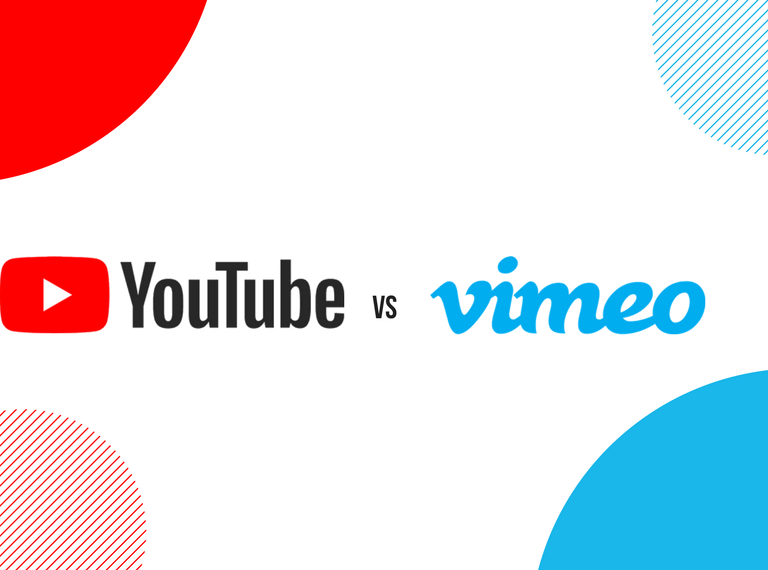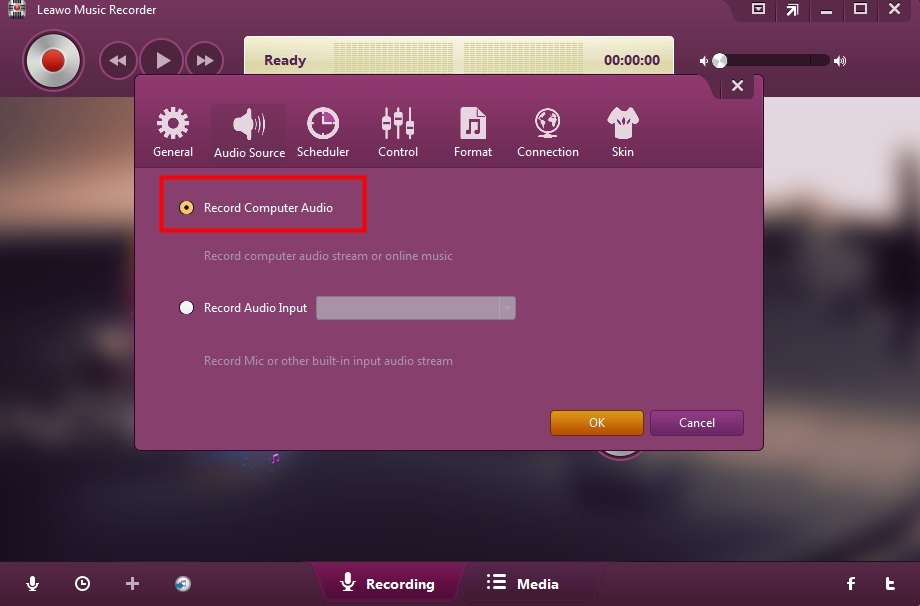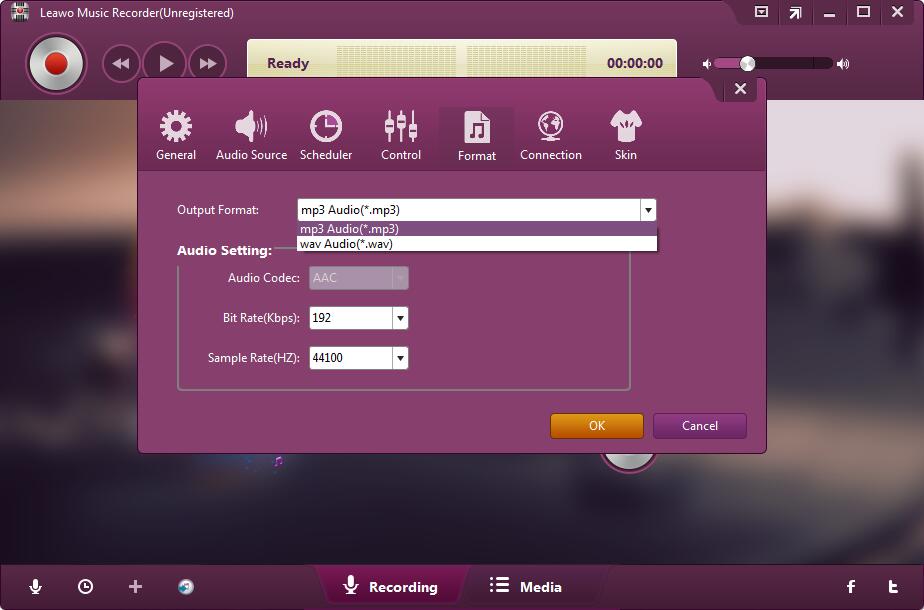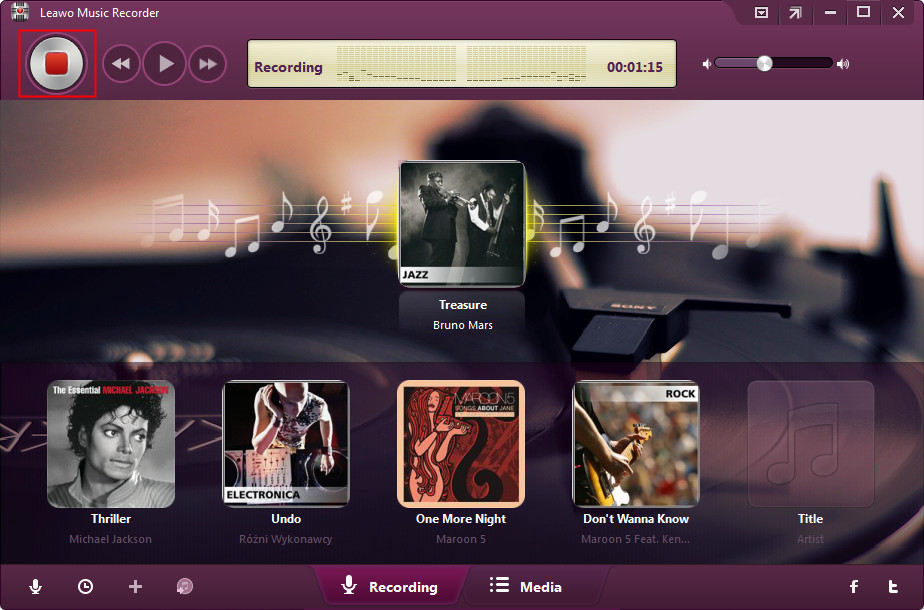Last updated on 2020-06-11, by
Vimeo vs. YouTube - Which One is Better
YouTube undoubtedly is the biggest video-hosting service known to mankind, and this makes smaller services like Vimeo somewhat unknown. However, Vimeo is quite unique in its own ways, and it can be considered a threat to YouTube based on ground facts. In this article, we will briefly introduce Vimeo, and compare it to YouTube. We will also show you how you can download music for free from the Vimeo video service.
Part 1: Brief introduction to Vimeo
Vimeo has been around for quite a while, but it is mostly ignored because YouTube has taken a greater portion of the video-hosting service market share. Vimeo launched in 2004, a year before YouTube launched in 2005 and its founders are Zach Klein and Jake Lodwick, who are filmmakers. It was later sold to IAC in 2006 as part of a deal that included Busted Tees and CollegeHumor, and it is headquartered in New York City. Although more than 90 million people have Vimeo accounts, it has over 170 million viewers worldwide, with 42 million of them in the United States, 30 million in the Middle East and Africa, 58 million in Europe, 5 million in Asia and the Pacific, and 15 million in the Central and South America.
Vimeo is also known as the world’s largest ad-free open video platform which provides powerful tools to host, share and sell videos in the highest quality (which is how it differentiates itself from YouTube). In terms of video and sound quality, Vimeo is far superior to YouTube, and this is one of Vimeo’s biggest strengths. In April 2019, Vimeo acquired Magisto, and artificial intelligence (AI) backed video creation service, and by February 2020 they had launched Vimeo Create, which lets its users easily create videos guided by AI. The biggest question now is how does Vimeo compare to YouTube? We will explore Vimeo vs YouTube below.
Part 2: What’s the difference between Vimeo and YouTube
Vimeo can easily be considered as one of YouTube’s biggest competitors, and when you launch both websites, they mostly look similar although there are some important differences. Both of them offer free services, (video viewing, uploading, and sharing) and premium services which vary. Their launch dates are almost the same, as they were launched no more than a year apart. Without further ado, we will now discuss the key differences of both services.
Both services offer free viewing for most of the videos (with the exception of movies, and original content). However, YouTube videos are full of ads if you are not subscribed to the premium service while free Vimeo videos are not peppered with ads. If you want to get rid of YouTube ads, you will have to subscribe to YouTube premium which will cost about $12 a month, although you can get the first month free. Vimeo offers a Video on Demand service, which has 3 tiers. The tiers are Rent (which allows you to stream any video for a specified period), Buy (which lets you stream the video for as long as it exists on Vimeo) and Subscribe (which gives you access to all Vimeo VoDs).
It is a fact that YouTube takes the championship for being the biggest video-hosting service, with over 2 billion users who are registered and who watch videos every month. Every minute, 500 hours of video are uploaded to YouTube and that is just massive. In comparison, Vimeo only has 90 million registered users, less than a tenth of YouTube, and about 715 million monthly views. If you wan to reach a bigger audience with your videos, YouTube is the way to go.
While content creators on YouTube almost get to upload their content for free (with some exceptions), Vimeo charges content creators to upload their content. How about free registered users? Well, you can upload videos for free, but it comes with strict limits on the amount of data that you can upload. To upload more content on Vimeo, they have 4 tiers with are Plus (billed at $7 a month), Pro (billed at $20 a month), Business (billed at $50 a month), and Premium (billed at $75 a month). You can find out more about the differences on the pricing page of Vimeo.
YouTube content creators can upload videos up to 15 minutes long, although this can be extended to 12 hours or 128GB if the creator verifies the Google account. The verification process is fairly easy, and it can be done by an automated call or text on the phone. This fairly easy process, and the amount of content you can upload for free could explain why YouTube is so huge and popular.
In contrast, Vimeo upload limits are based weekly. What that means is free or basic accounts can upload no more than 500MB per week, or they can upload no more than 10 videos within 24 hours. The maximum cap for free accounts is 5GB, which we think is too small by modern day standards. However, this can be changed depending with the tier you subscribe to, if you want higher caps.
YouTube is huge, but the quality of the videos and audio is far less superior in comparison to Vimeo. As a matter of fact, Apple device users can only stream YouTube at a maximum of 1080p video resolution, whereas Vimeo can allow them to stream up to 4K. If you are more concerned about video and audio quality, then Vimeo is your best bet.
We have shown you that Vimeo offers quality which is far superior to YouTube. Therefore, we will now show you how you can download high quality music from Vimeo.
Part 3: How to download music from Vimeo
So how can you convert Vimeo to MP3 easily? We have the solution for you, in the form of Music Recorder. It is a professional recording software that can capture and save audio from any audio or video source. In this case it will work with Vimeo, as well as other popular websites and music streaming services like YouTube, Spotify, Google Play Music, Apple Music, iHeartRadio, Tidal etc., while preserving 100% of the original quality. Recording audio using Leawo Music Recorder is also 100% legal.
In terms of recording music, you would want to record it while preserving the music tags, and Leawo Music Recorder is one of the few software that comes with such an ability, which is made possible by an online music database. Manual editing of the music tags via the music tag editor is also possible. The application has a very simple and easy to use interface, and it also comes with a built-in task scheduler, in cases where you might forget to do the task yourself. For now, follow the steps below to download Vimeo music.
Step 1: Set the Audio Source
Launch Leawo Music Recorder on your computer and then click the microphone icon on the main interface. When the panel pops-up, proceed to click the“Audio Source” menu, then choose the “Record Computer Audio” option. This will ensure that the software can record your music from Vimeo or YouTube.
Step 2: Set the output format
Click on the “Format” menu in the panel to choose “Output Format: MP3 Audio (*.mp3)” or WAV Audio (*.wav) if you want to preserve the original quality of the music. You can also adjust the bit rate and sample rate of the recorded ringtone remix as you need in this panel.
Step 3: Set the output folder
Click “General” and then click the folder icon to choose a folder to save the recordings from Vimeo or YouTube.
Step 4: Click on the red recording button to begin recording
Click on the recording button again if you want to finish this task. Under “Media> Library> Newly Recordings” you can enter the “Music Tags Edit” panel to adjust the info of the recordings.




 Try for Free
Try for Free Try for Free
Try for Free


























